The paterae in Venice are small round reliefs. To find one, often all you have to do is looking up on the façade of the buildings. There are at least twelve hundred of them, and there must have been many more once.
The ancient reliefs are Byzantine in origin. They are mostly from the 11th-13th centuries (CE 1000-1300). Cultural and commercial links from Venice to Constantinople were still strong, and Byzantine architecture was the dominant building style in Venice.
Most are carved in Greek marble, sometimes recycled from antique monuments, with a diameter of 20-40 cm.
Iconography

The vast majority of the Byzantine paterae have animal motifs, sometimes interspersed with floral designs. At times, they have a denticulated border.
Human figures are rare in the Byzantine paterae. Mythological creatures, on the other hand, such as dragons and griffons, are quite common.
Some motifs are recurrent. Couple of rabbits/hares, often back to back in a symmetric composition, occur often. So do eagles descending on prey, which can be fish or rabbits/hares, and lions attacking other mammals.
Dating
Attaching a definitive date to a Byzantine patera in Venice is notoriously difficult.
Often, the paterae originally appeared on medieval houses, often wooden structures, demolished centuries ago. The replacement houses, oftens Gothic buildings from the late 1300s and 1400s, were then adorned with the paterae from the previous building.

The examples still in place on the original building are very few. For example, some paterae on the Fondego dei Turchi and on the Ca’ da Mosto, but the vast majority of the paterae are no longer the in initial place.
Collectors have at times gathered numerous paterae to decorate their houses.
Consequently, dating must reply on stylistic considerations, and non-authoritative rules of thumb.
For example, lower reliefs tend to be earlier, like the 1000s and 1100s, while higher reliefs tend towards the later 1200s and 1300s. A concave base also tends towards the later centuries.
That said, the dating of a specific patera rarely gets more precise than that.
It doesn’t help that the neo-Gothic and neo-Byzantine revivals of the 1800s and early 1900s have muddled the walls of Venice with a substantial number of modern replicas, which are sometimes difficult to distinguish.
Some paterae


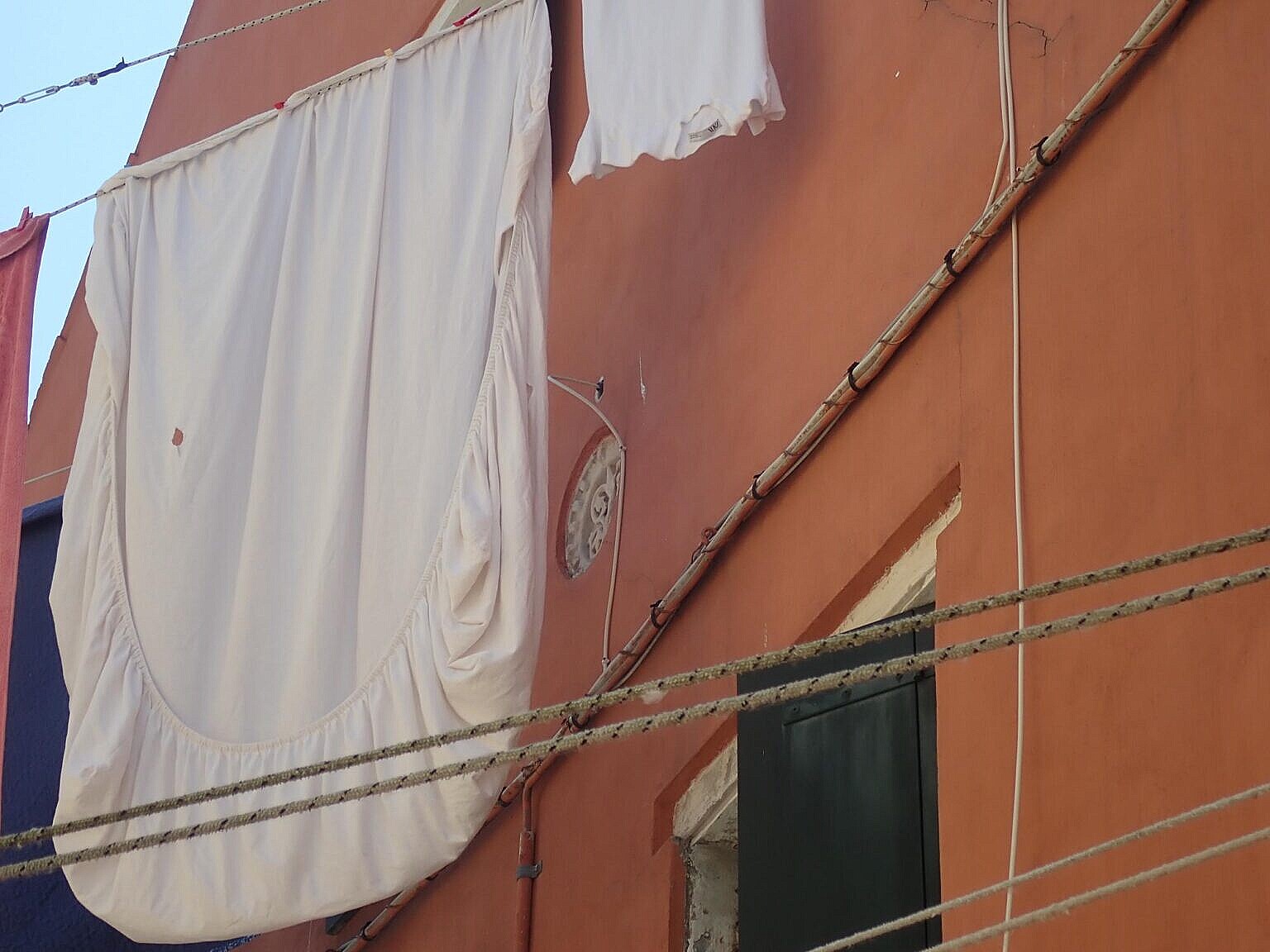
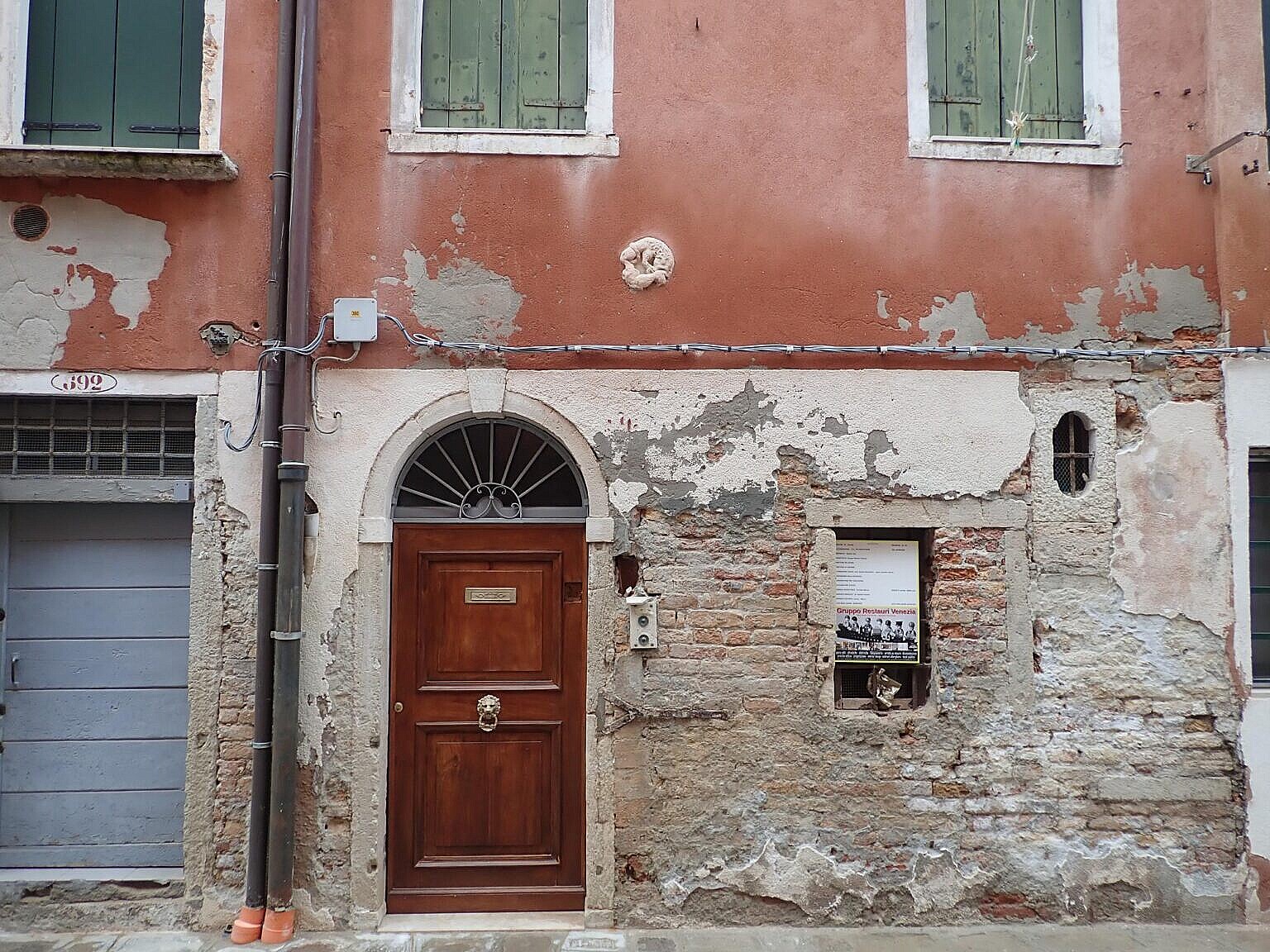

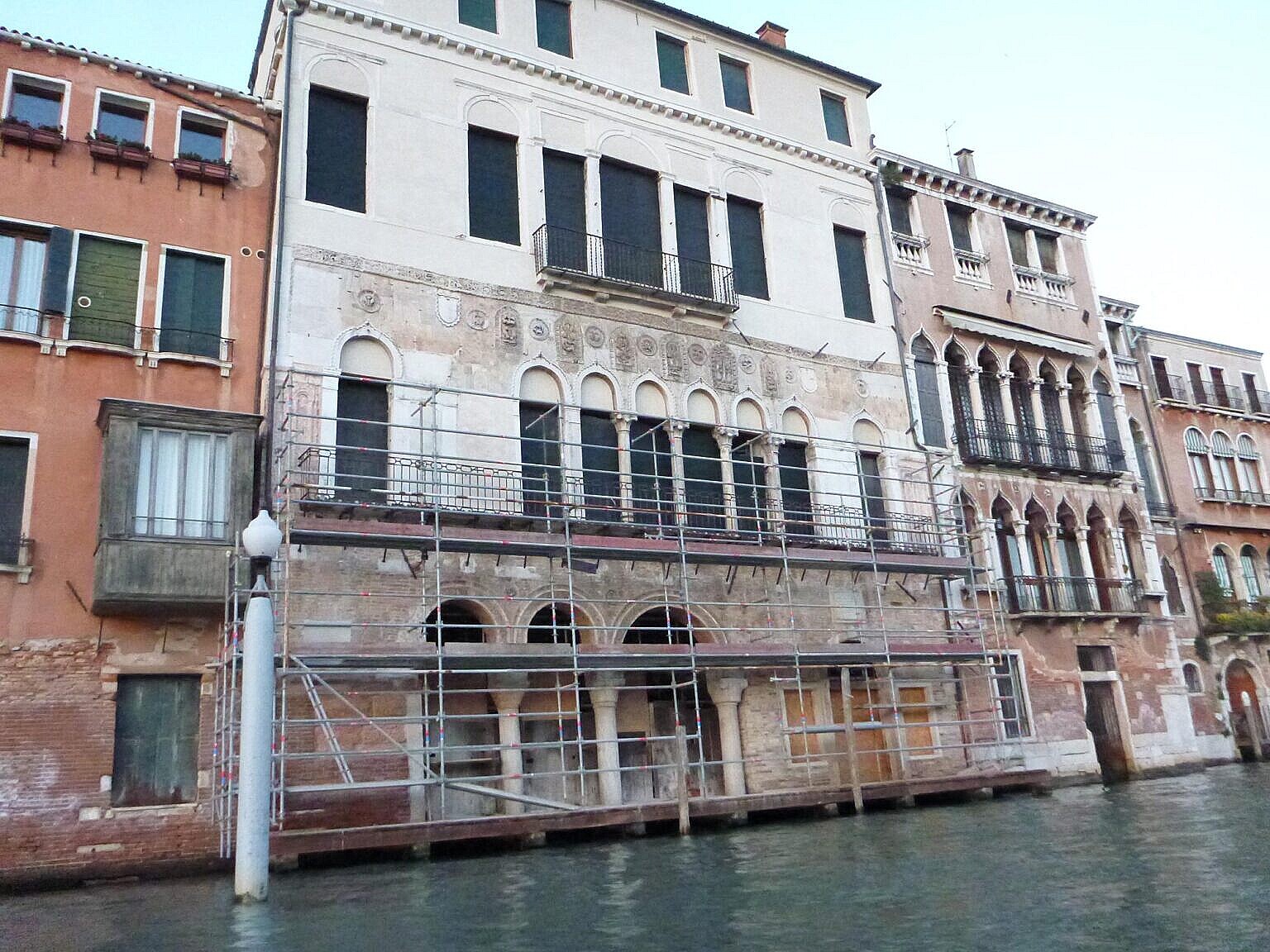
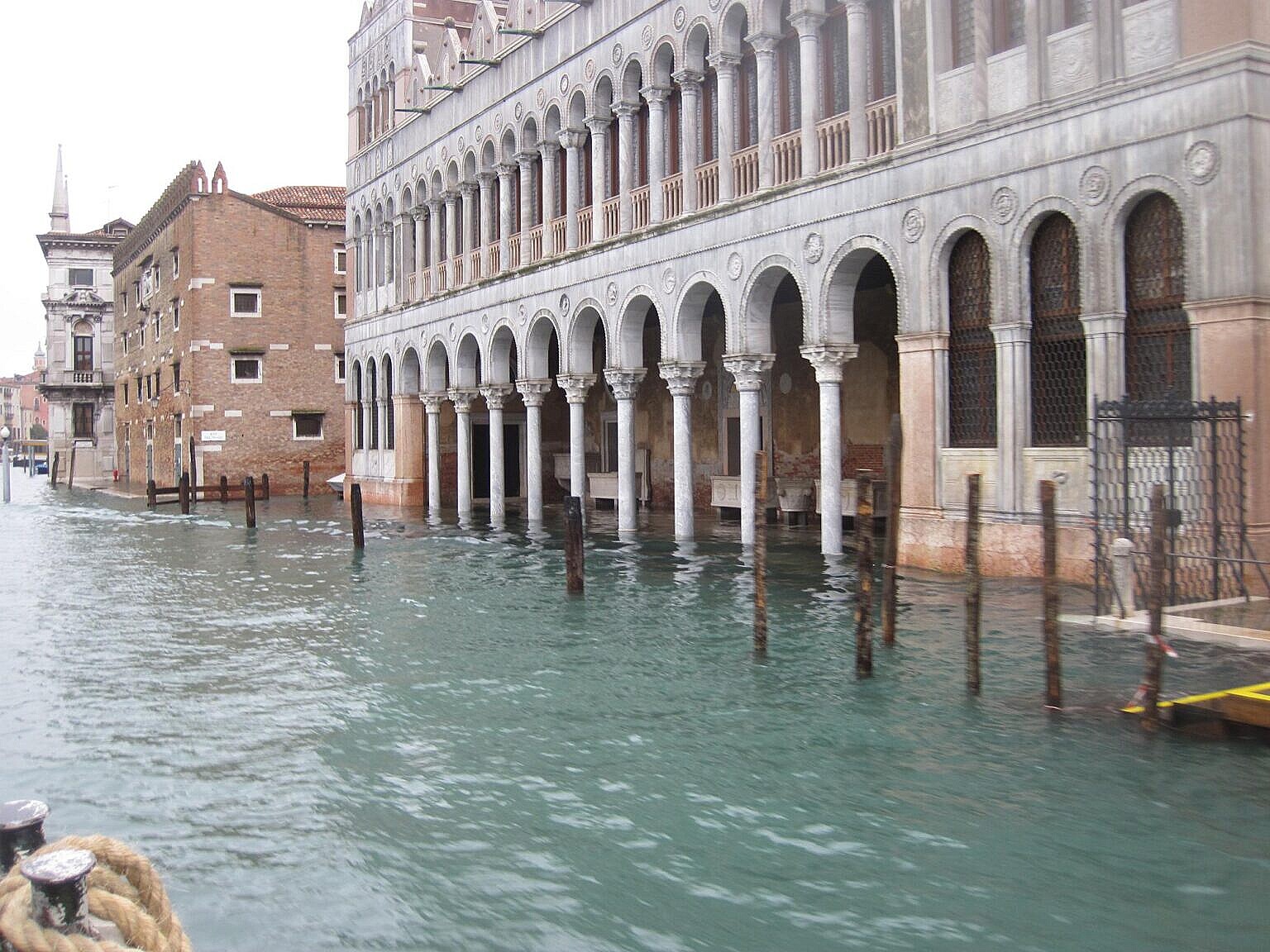


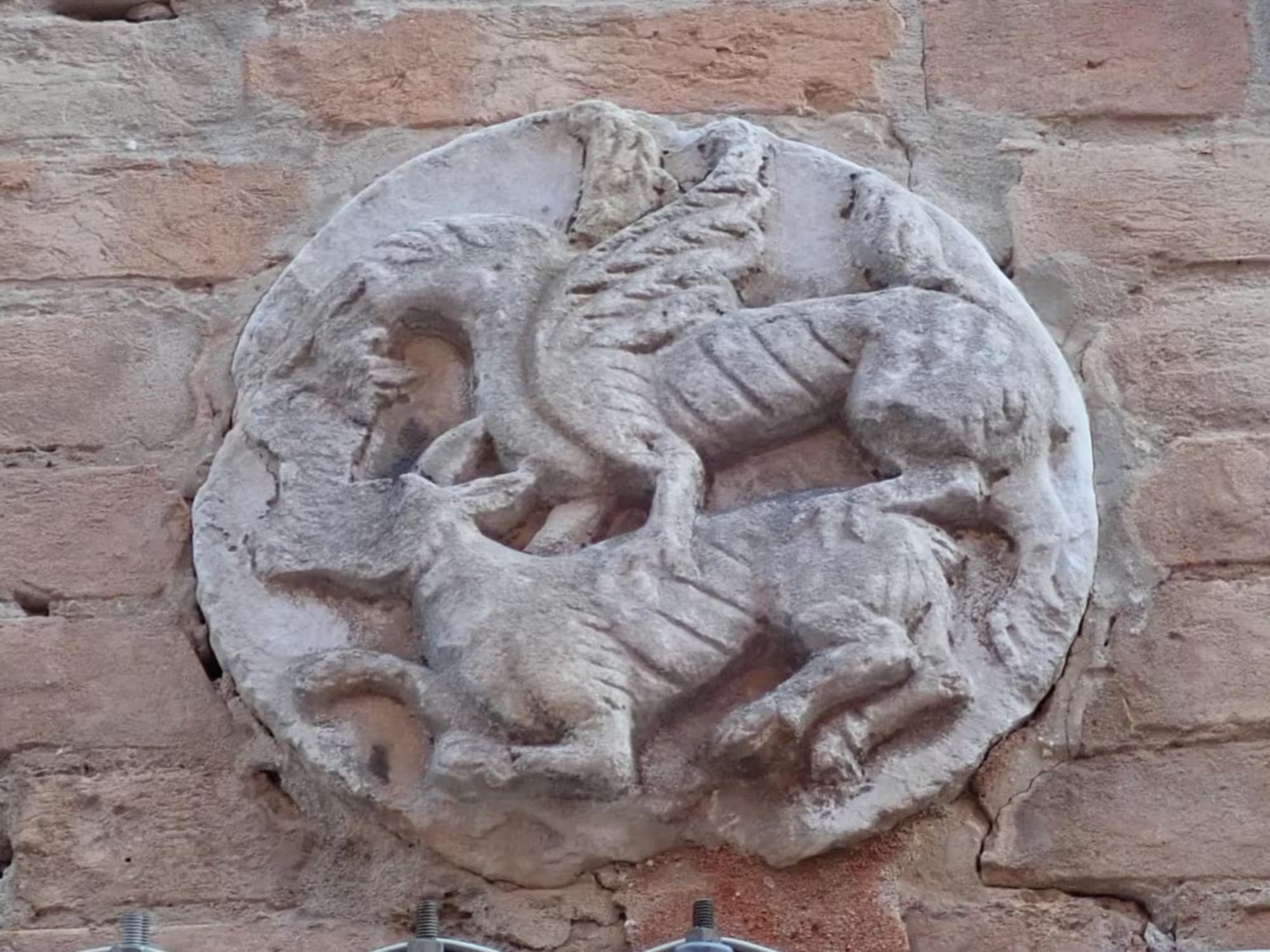
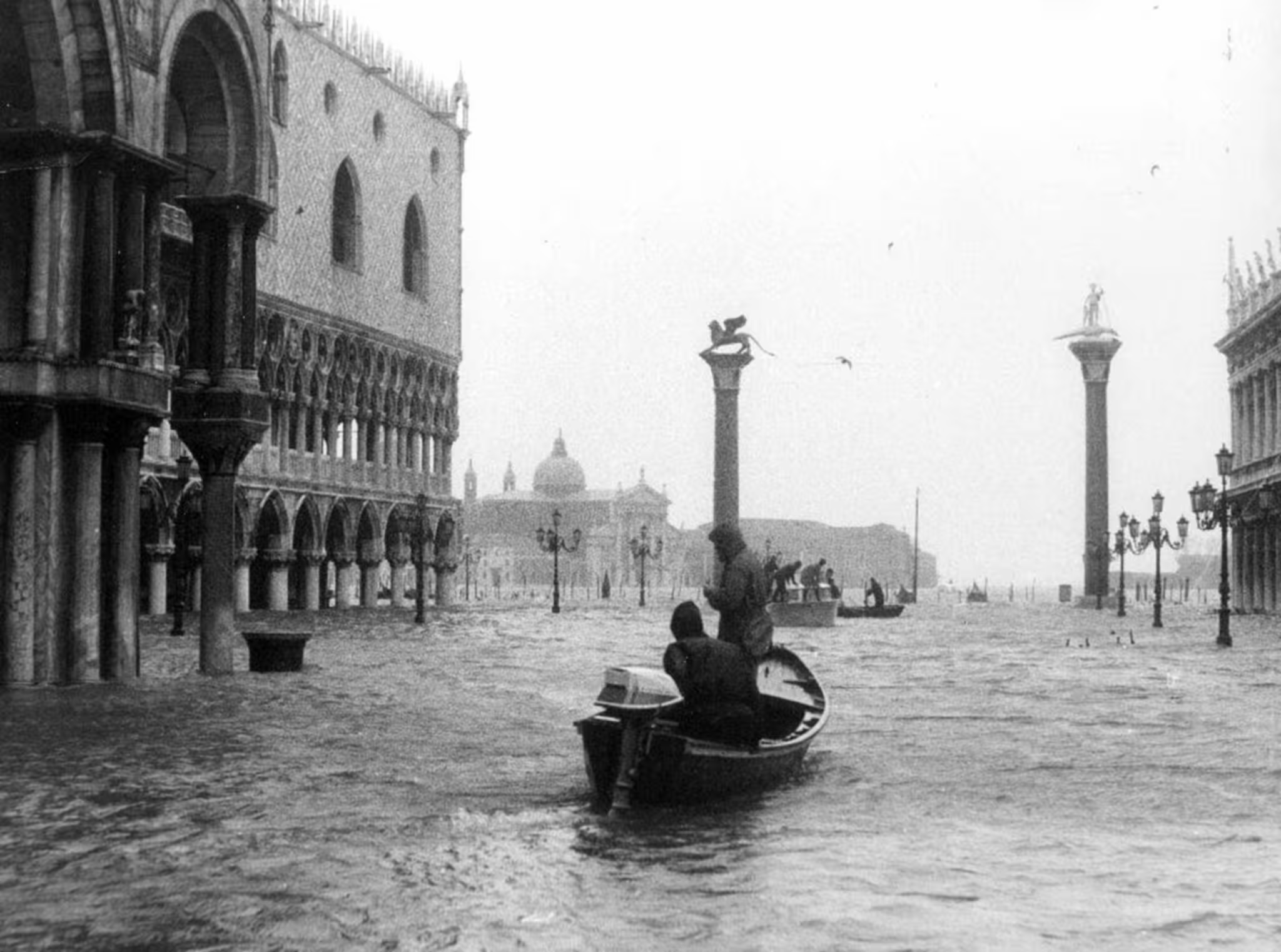
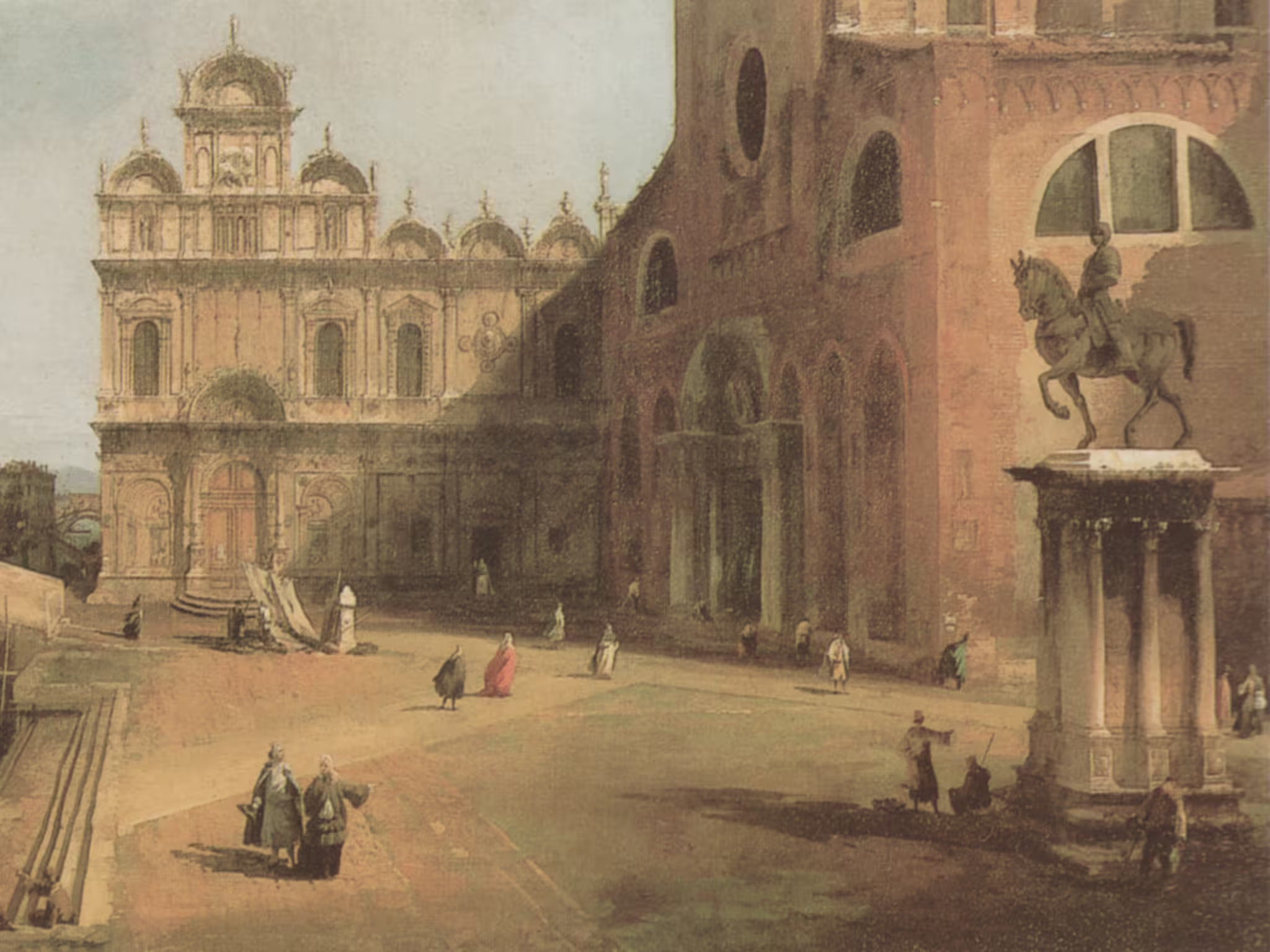
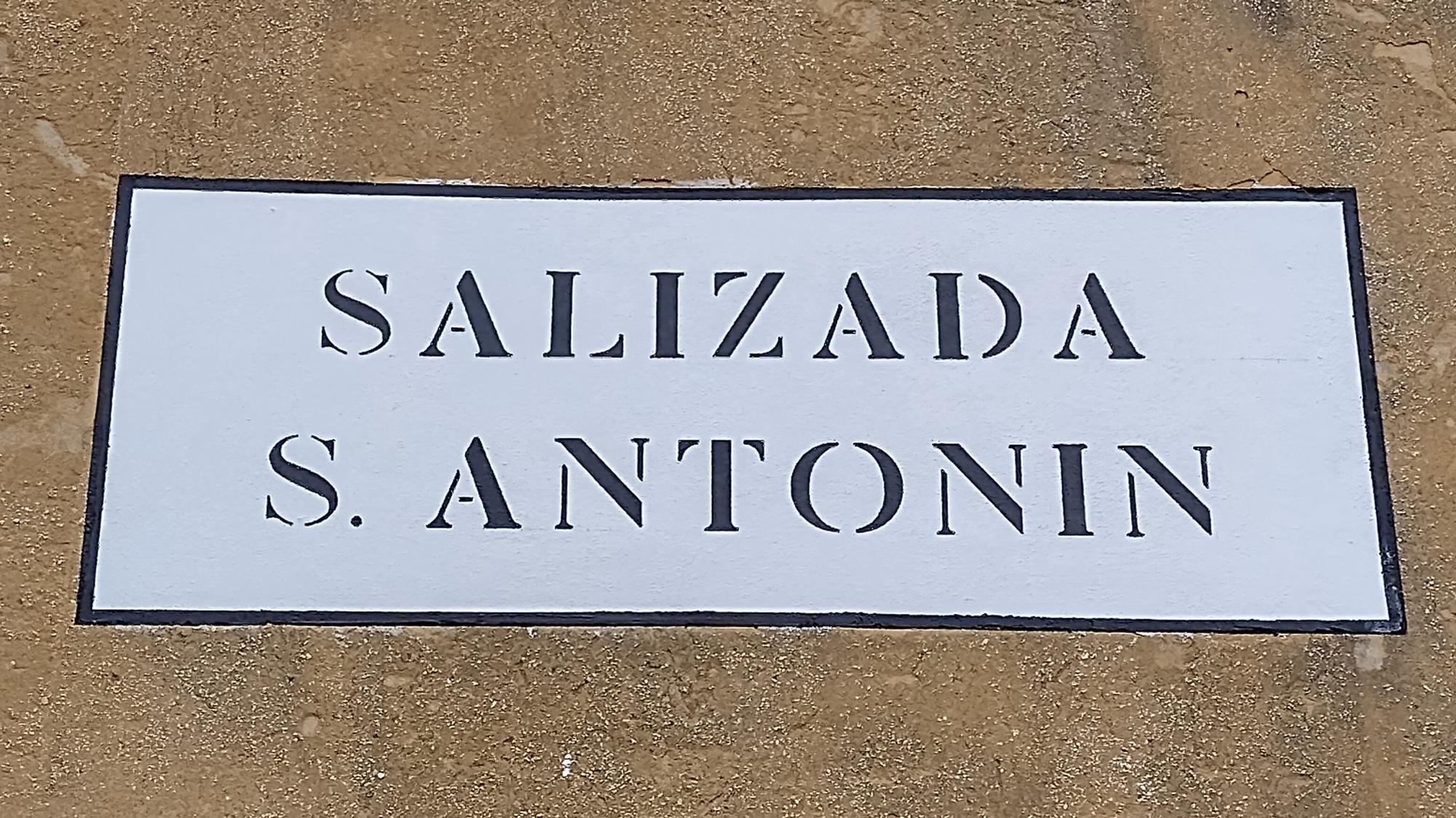
Leave a Reply